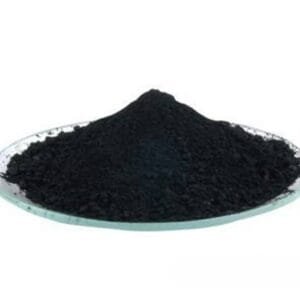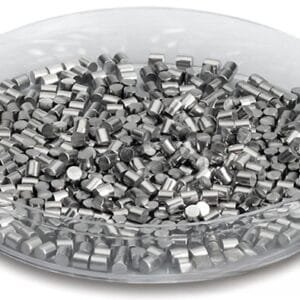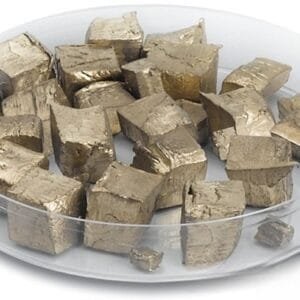Boron (B) Evaporation Materials Description

Boron (B) Evaporation Materials Specification
| Material Type | Boron |
| Symbol | B |
| Color/Appearance | Black, Semi-metallic |
| Melting Point | 271.3 °C |
| Boiling Point | 2550 °C |
| Density | 2.34 cryst. g/cm3 |
| Thermal Conductivity | 27 W/m.K |
Barium Evaporation Materials Applications
Boron evaporation materials are widely utilized in various deposition processes, including semiconductor deposition, Chemical Vapor Deposition (CVD), and Physical Vapor Deposition (PVD). In the field of optics, these materials play a crucial role in applications like wear protection, decorative coatings, and display technologies. Their versatility and high purity make them essential for achieving precise and durable results in these advanced technological applications.
Barium Evaporation Materials Packaging
Ordering Table
| Material | No. per Pack | Size | Purity | Part Number |
| Boron | 50 grams | 3mm - 8mm Pieces | 99.5% | EVMBX3-8MMB |
| Boron | 100 grams | 3mm - 8mm Pieces | 99.5% | EVMBX3-8MMD |
| Boron | 100 grams | Approx 3mm Pieces | 99.5% | EVMBX253MMD |


 MSDS File
MSDS File



Reviews
There are no reviews yet.